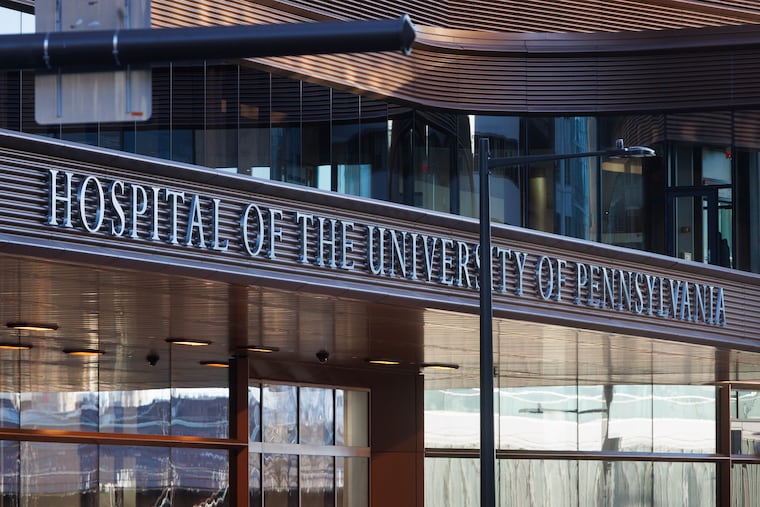Penn joins national climate initiative to reduce greenhouse gas emissions
More than 130 health organizations have signed the pledge since it was created in 2022 by the White House and Department of Health and Human Services.

Penn Medicine plans to cut its greenhouse gas emissions in half by 2030 as part of a federal climate change initiative.
Penn signed on this week to the Health Sector Climate Pledge, joining more than 130 health-care organizations since the White House and Department of Health and Human Services created the voluntary commitment in 2022. The pledge calls for health-care organizations to eliminate their greenhouse gas emissions by 2050.
The Philadelphia-based health system, with hospitals from Princeton to Lancaster, plans to reduce its greenhouse emissions by investing in solar power, using recycled materials for new buildings, reducing medical waste, and giving employees incentives for commuting by public transit instead of by car.
“We’re taking a step back now to consider how to best deliver care while also balancing the ecological impact for the long-term health of our patients, the communities we serve, and the generations that will follow,” Kevin B. Mahoney, CEO of the University of Pennsylvania Health System, said in a statement.
Penn invests in solar
Penn’s six hospitals and more than 150 properties produce more than 300,000 metric tons of carbon dioxide equivalent, according to a yearlong analysis by the health system.
Penn expects to cut 50,000 metric tons of carbon dioxide equivalent by transitioning many of its Philadelphia buildings to solar power.
The health system signed a solar energy purchasing agreement in December that is expected to provide 70% of the electricity for the Hospital of the University of Pennsylvania, Pennsylvania Hospital, Penn Presbyterian Medical Center, and its other Philadelphia buildings.
Here’s what else Penn is doing to go green:
Employees can get monthly public transportation passes for $10, compared to the $96 SEPTA charges for a monthly pass. Administrators hope the discount will encourage more workers to commute by public transportation, instead of by car.
New buildings will qualify for Leadership in Energy and Environmental Design certification of silver or higher, a designation for properties that meet rigorous environmental standards, such as incorporating recycled materials, using less water and energy, and incorporating greenery.
By the end of the year, hospitals will phase out their use of desflurane, an anesthesia gas that remains in the air for 14 years. The Hospital of the University of Pennsylvania, Penn Presbyterian Medical Center, and Penn Medicine Princeton Medical Center have already stopped using it.
Smaller “red bag” bins for medical waste will ensure that they are not used for regular trash, only medical waste that is contaminated with blood. Processing medical waste is expensive and uses a lot of energy.
A contactless check-in process will reduce the amount of paper used in printing patient documents.